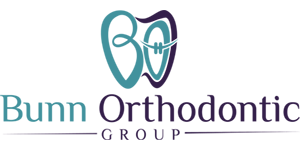What Our Patients Say About Us
Personalized Orthodontic Treatment
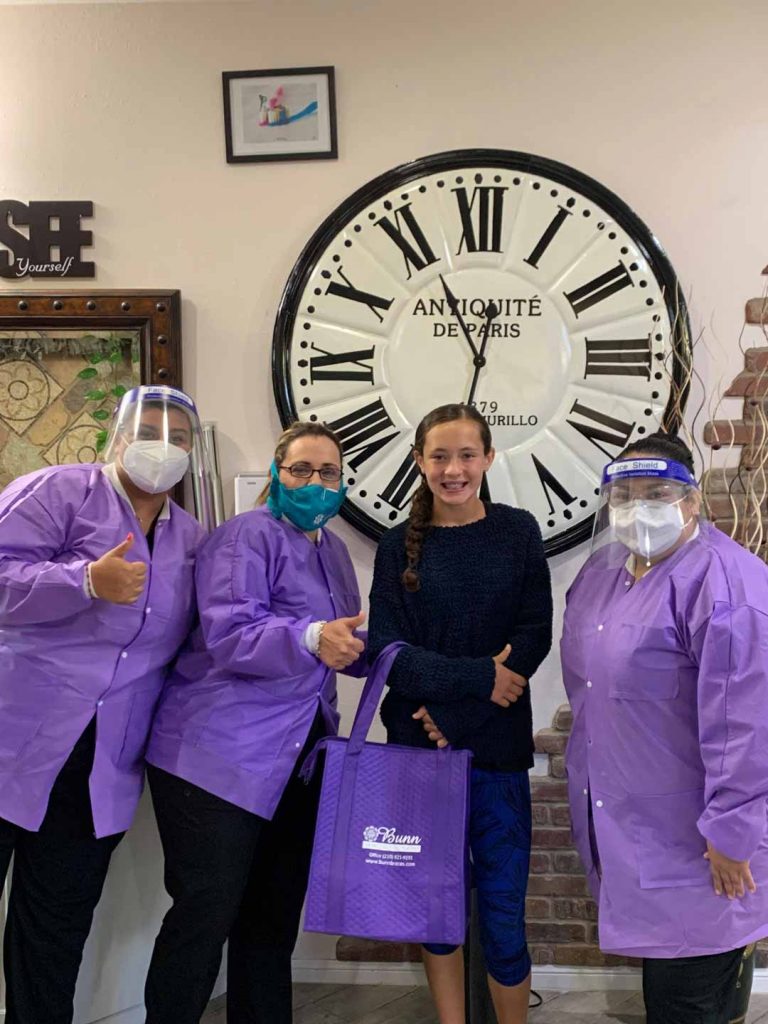
Common Orthodontic Problems
Underbite
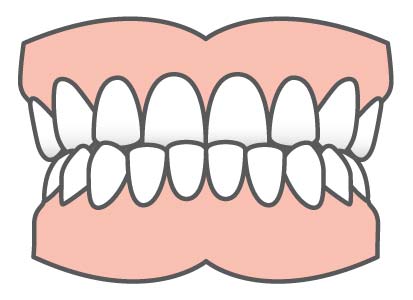
Teeth Spacing
The teeth spacing in your mouth can be cosmetically unpleasing and even dysfunctional to your daily life habits. Missing teeth could be a factor also.
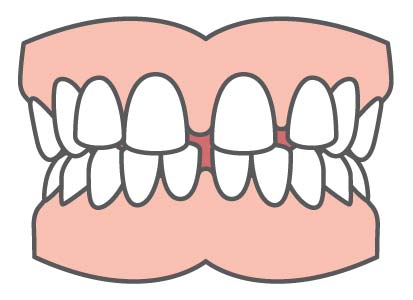
Upper Front Teeth Protrusion
Overbite
Teeth Crowding
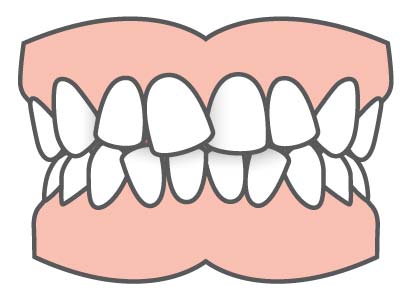
Crossbite
A crossbite happens when the upper teeth fall between the lower teeth. Orthodontics can prevent tooth stratification and jaw misalignment.
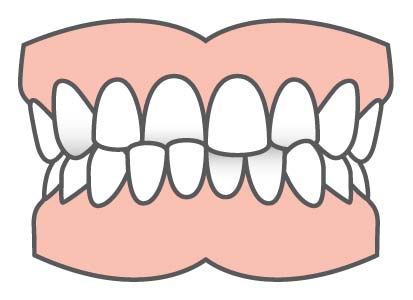
Openbite
If your upper teeth and lower teeth do not fit or touch, you have an open bite. Chewing, tongue movement, and other mouth functioning may be affected by this.
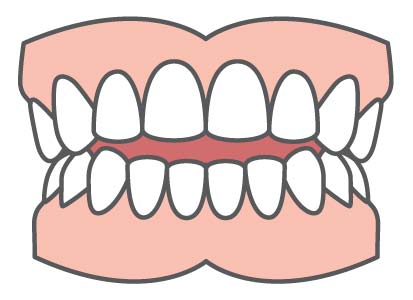
Dental Midlines
Early Treatment
Prepare for Success
Know When to Begin
Our team recommends scheduling your child’s first orthodontic consultation around the age of 7. At this age, an orthodontic consultation provides a great opportunity for an evaluation of your child’s bite, alignment, and skeletal contours. The position of the teeth, the degree of facial symmetry, and your child’s side-view profile will provide valuable clues about the need for immediate or future orthodontic treatment.
At the conclusion of the consultation, if orthodontic care is necessary, our team may recommend early treatment that is appropriate for your child’s age. If no treatment is immediately necessary, annual evaluations may be scheduled to monitor your child’s growth and development.
Our entire orthodontic team is anxious to meet your family! Contact our office to schedule a consultation today.
Adolescent Treatment
It’s in Your Child’s Best Interest
During the course of orthodontic treatment, proper oral hygiene and personal responsibility are emphasized. Once treatment is complete, your child will take pride in maintaining a fresh and clean smile, finding that straighter teeth can be cleaned more easily than crowded or crooked teeth.
A well-aligned bite promotes proper health in the jaw joint, less stress on the teeth and supporting ligaments, better speech, and can even improve breathing.
A natural and healthy smile has been shown to strengthen the adolescent’s self-image, self-confidence, and self-esteem. It influences the way that your child views herself and the way that she feels about herself.
Give Your Teen the Gift of a Healthy Smile
First, a proper introduction…
Adult Treatment
Have it Your Way
Look Great, Feel Spectacular!
It is true– your smile is the first thing that people will notice about you. Whether you encounter children or business associates, your smile will either complement your personality or create a distraction. Our team understands this dynamic and can use adult-oriented orthodontic treatment to create a smile that looks healthy and mature.
By simply correcting crowded teeth, unattractive spaces, protruding teeth, and unbalanced facial profiles you can improve the way that others see you. Most importantly, you can improve the way that you feel about yourself, and that can change the way that you interact with everyone that you meet!
Aside from the social advantages of a straighter smile, for adults, there are significant health advantages as well.
Our team is treating more and more adults who are interested in enhancing their oral health. Poorly aligned jaws are known to contribute to TMJ (jaw joint) disorders, breathing problems, speech impediments, and inefficient chewing patterns. Uneven alignment also contributes to a condition known as hyperocclusion, in which the top and bottom teeth bite together with too much force, damaging the teeth and also the supporting ligaments and bones.
Adult orthodontic treatment is particularly helpful in the fight against gum disease. Crowded and crooked teeth are more difficult to clean, contributing to bone loss, receding gums, and cavities. Straightening the teeth can improve your ability to brush and floss more thoroughly, eliminating hidden plaque, food particles, and stain.
Choose Your Braces
Ceramic Braces
Metal Braces
Invisalign®
Retention
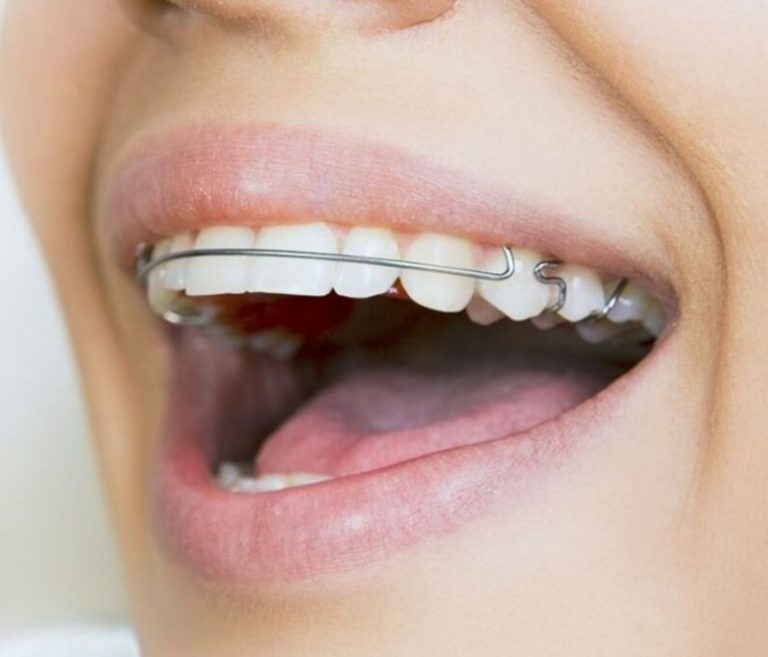
Home Care
Brushing & Flossing
Brushing
Use a toothbrush with soft bristles and a small strip of fluoride toothpaste. When you brush your teeth, move the brush in small, circular motions to reach food particles that may be under your gum line. Hold the toothbrush at an angle and brush slowly and carefully, covering all areas between teeth, between braces and the surface of each tooth. It will take you several minutes to thoroughly brush your teeth. Brush up on the lower teeth, down on the upper teeth and the outside, inside and chewing surface of your front and back teeth. Brush your tongue and the roof of your mouth before you rinse.
Especially during orthodontic treatment, brush your teeth four times daily to avoid the accumulation of food particles in your teeth and braces:
- In the morning after breakfast
- After lunch or right after school
- After supper
- At bedtime
You will need to replace your toothbrush more often due to your appliances. As soon as the bristles start to wear down or fray, replace your toothbrush with a new one. It may be difficult for your toothbrush to reach some areas under your archwire. Do not swallow any toothpaste; rinse your mouth thoroughly with water after you finish brushing. It is important to floss and use an antibacterial mouthwash and fluoride treatment throughout your orthodontic treatment and beyond for optimal oral hygiene.
Flossing
For areas between the teeth that a toothbrush can’t reach, use dental floss to remove food particles and plaque. Flossing takes more time and patience when you are wearing braces, but it is important to floss your teeth every day.
Use the reusable floss threader provided by our office to floss under your archwire daily. Pull a small length of floss from the dispenser through the threader and slide it up and down along the front of each tooth. You will be able to feel when the tooth is clean and hear the squeak of the floss against your clean teeth. Use care around your archwire and do not floss too forcefully around it or put too much pressure on it. After you floss between your archwire and braces, floss between your other teeth and gums.
If you are flossing without the floss threader, pull a small length of floss from the dispenser. Wrap the ends of the floss tightly around your middle fingers. Guide the floss between all teeth to the gum line, pulling out food particles or plaque. Unwrap clean floss from around your fingers as you go, so that you have used the floss from beginning to end when you finish. Floss behind all of your back teeth.
Floss at night to make sure your teeth are clean before you go to bed. When you first begin flossing around your braces, your gums may bleed a little. If the bleeding does not go away after the first few times, inform a staff member at your next appointment.
Foods to Avoid
Minimize sugary foods like:
- Candy
- Cake
- Pie
- Cookies
- Ice Cream
Avoid hard foods like:
- Jolly Rancher-type candy
- Pizza crust
- Nuts
- Ice
- Hard taco shells
- Bagels
- Chips
- Corn on the cob
- Apples and carrots (unless cut into very small pieces)
- French bread crust/rolls
Limit drinks like:
- Sugary drinks
- Sweetened tea
- Kool-Aid
- Gatorade
- Soda pop
Avoid sticky foods like:
- Starburst-like candy
- Gum (sugar-free or regular)
- Caramels
- Sugar Daddies
- Licorice
- Tootsie Roll-like candy
- Toffee
